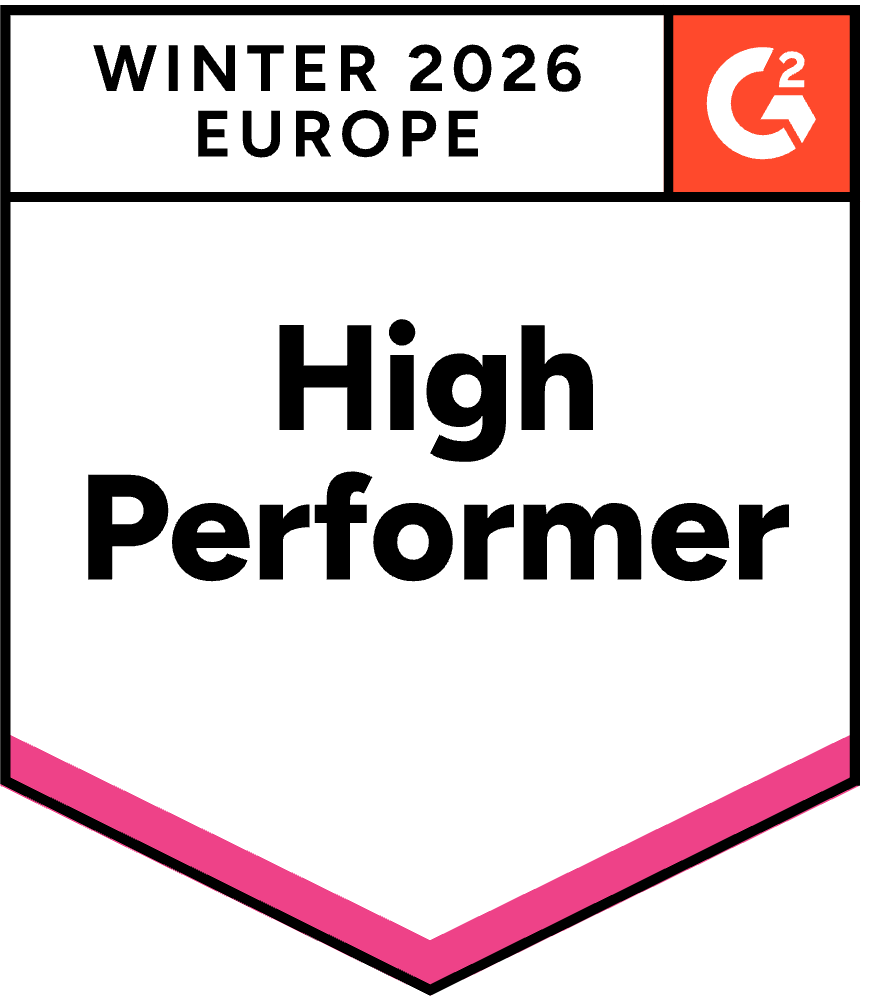



Discover more integrations
No items found.
Get in touch CTA Section
Lorem ipsum dolor sit amet, consectetur adipiscing elit, sed do eiusmod tempor incididunt ut labore et dolore magna aliqua.
Frequently asked questions
Can classification tags improve data pipeline monitoring?
Absolutely! By tagging fields like 'Low Cardinality', data teams can quickly identify which fields are best suited for specific monitors. This enables more targeted data pipeline monitoring, making it easier to detect anomalies and maintain SLA compliance across your analytics pipeline.
What should I look for when choosing a data integration tool?
Look for tools that support your data sources and destinations, offer automation, and ensure compliance. Features like schema registry integration, real-time metrics, and alerting can also make a big difference. A good tool should work seamlessly with your observability tools to maintain data quality and trust.
How do real-time alerts support SLA compliance?
Real-time alerts are crucial for staying on top of potential issues before they escalate. By setting up threshold-based alerts and receiving notifications through channels like Slack or email, teams can act quickly to resolve problems. This proactive approach helps maintain SLA compliance and keeps your data operations running smoothly.
Why is data observability becoming more important in 2024?
Great question! As AI and real-time data products become more widespread, data observability is crucial for ensuring data reliability, privacy, and performance. A strong observability platform helps reduce data chaos by monitoring pipeline health, identifying anomalies, and maintaining SLA compliance across increasingly complex data ecosystems.
What’s the difference between technical and business data quality?
That's a great distinction to understand! Technical data quality focuses on things like accuracy, completeness, and consistency—basically, whether the data is structurally sound. Business data quality, on the other hand, asks if the data actually supports how your organization defines success. For example, a report might be technically correct but still misleading if it doesn’t reflect your current business model. A strong data governance framework helps align both dimensions.
Who benefits from implementing a data observability platform like Sifflet?
Honestly, anyone who relies on data to make decisions—so pretty much everyone. Data engineers, BI teams, data scientists, RevOps, finance, and even executives all benefit. With Sifflet, teams get proactive alerts, root cause analysis, and cross-functional visibility. That means fewer surprises, faster resolutions, and more trust in the data that powers your business.
Can I use Sifflet to detect bad-quality data in my Airflow pipelines?
Absolutely! With Sifflet’s data quality monitoring integrated into Airflow DAGs, you can detect and isolate bad-quality data before it impacts downstream processes. This helps maintain high data reliability and supports SLA compliance.
What makes Sifflet stand out when it comes to data reliability and trust?
Sifflet shines in data reliability by offering real-time metrics and intelligent anomaly detection. During the webinar, we saw how even non-technical users can set up custom monitors, making it easy for teams to catch issues early and maintain SLA compliance with confidence.















-p-500.png)
